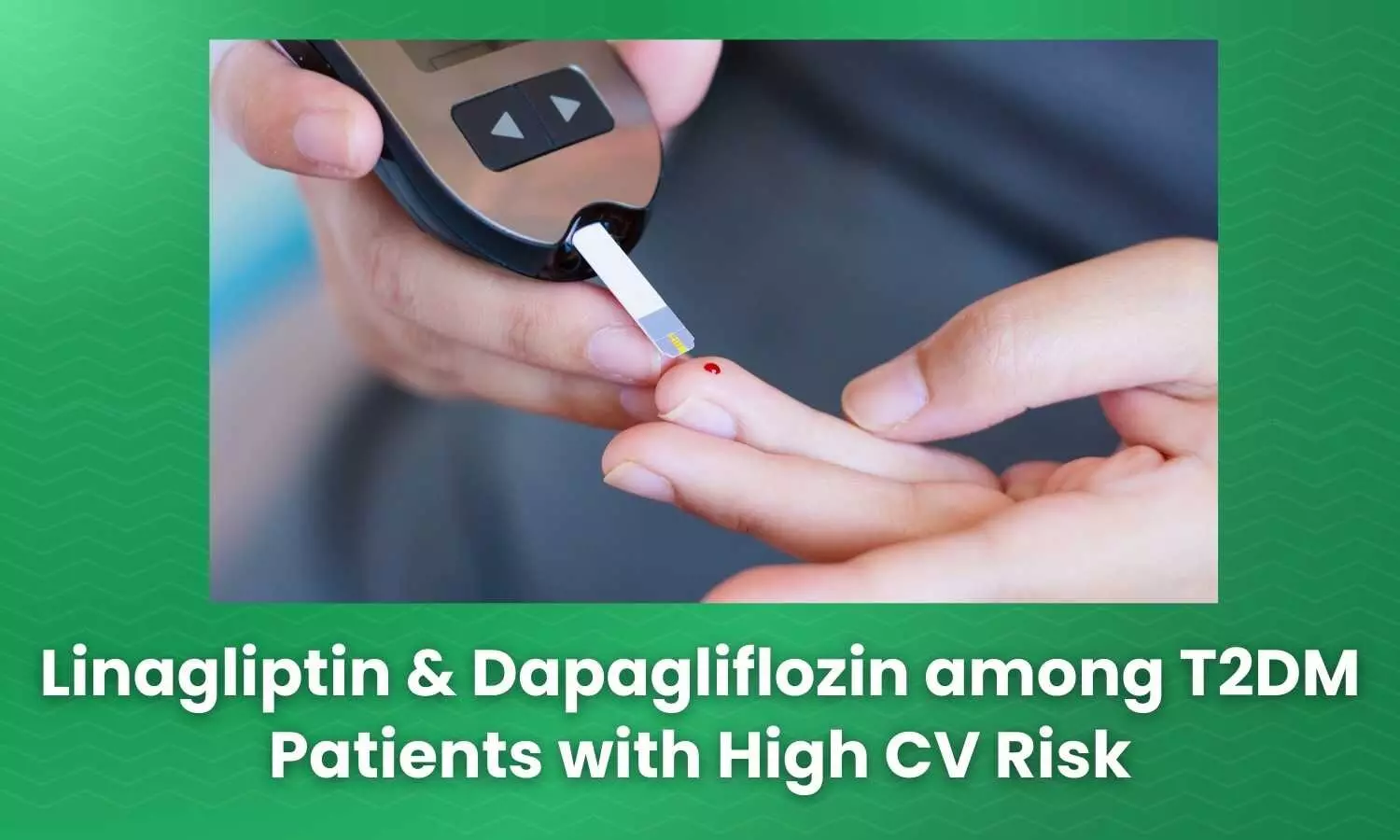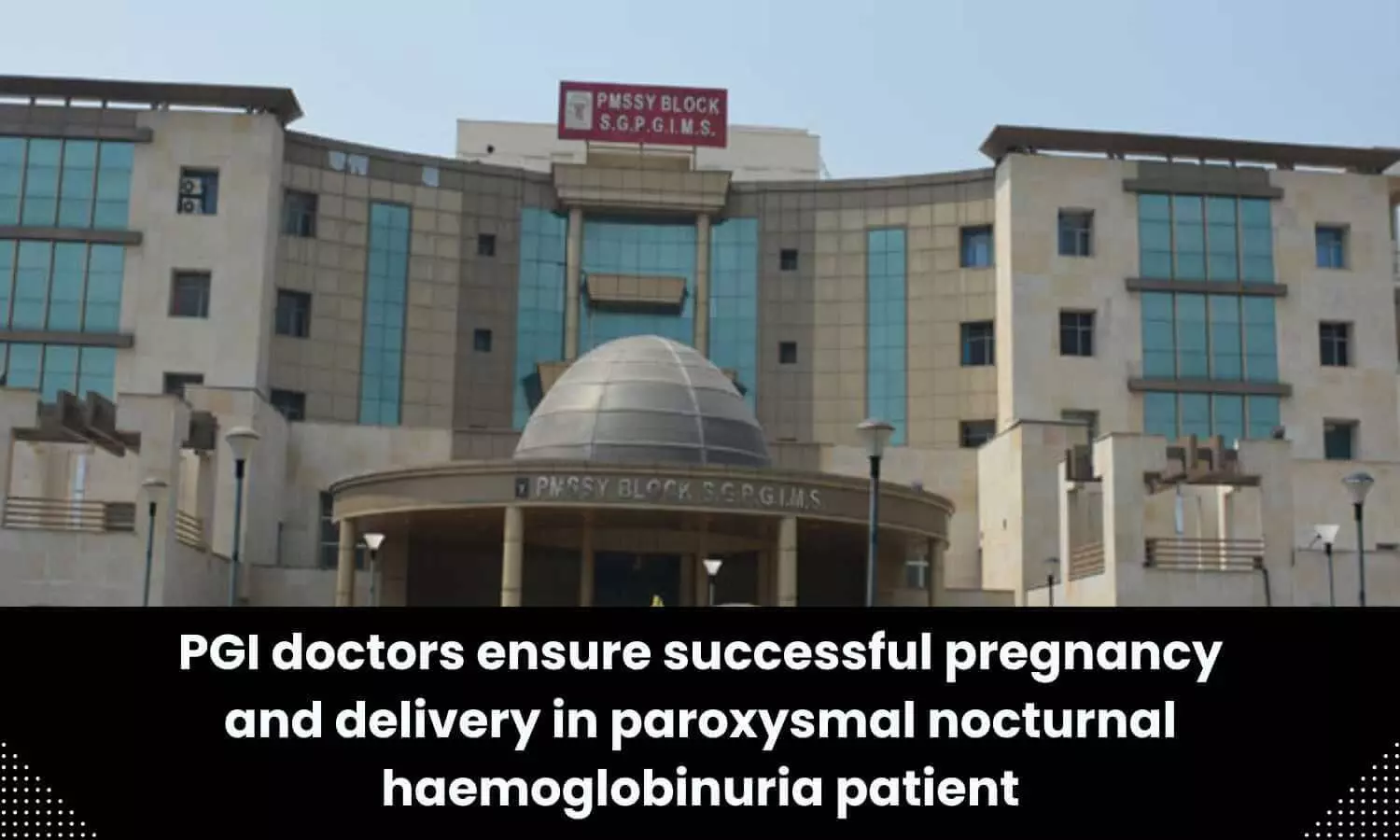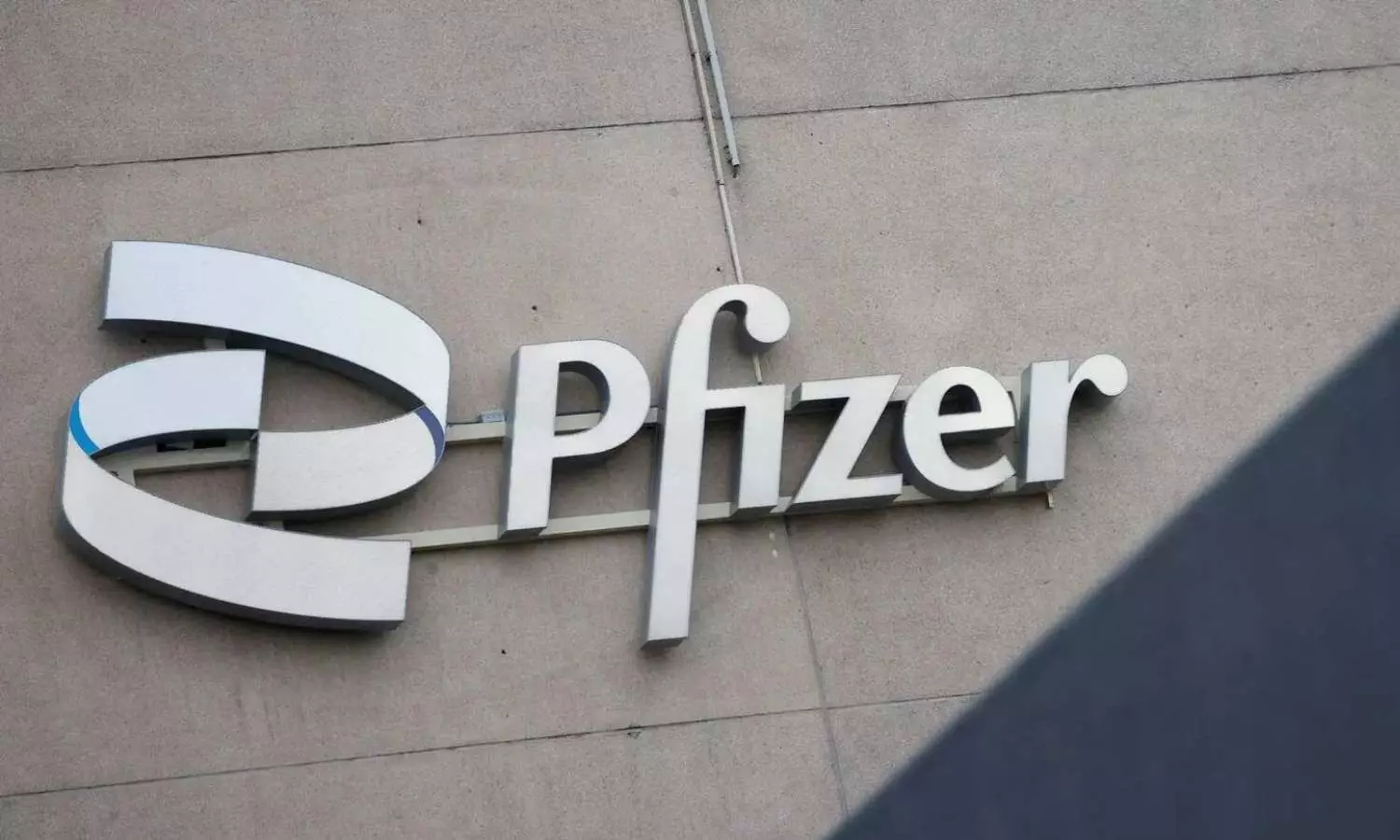
Type 2 Diabetes Mellitus and Cardiovascular Disease
Type 2 diabetes mellitus (T2DM) prevalence has been increasing globally, particularly in India (1) T2DM in general increases the risk of CVD outcomes by a twofold and is independent of other risk factors. (1) The risk of coronary artery disease (CAD) in Indian T2DM patients is two to four times higher, and CAD occurs one to two decades earlier than in the West. (3) Impaired glucose metabolism, inflammation, and abnormal cell signaling all contribute to premature atherosclerosis, myocardial remodeling, and left ventricular fibrosis, which contribute to cardiovascular damage. (2)
Managing Cardiovascular Disease in Diabetes: Going Beyond HbA1c
The focus of CVD management in diabetes should extend beyond glycemic control and on antidiabetic drugs that alleviate the risk factors and improve CV outcomes. It is critical to identify pharmacological strategies that target cardiovascular inflammation, fibrosis; induce weight and blood pressure reduction; and provide renal and cardiovascular protection in managing CVD in T2DM.
Sodium-glucose cotransporter 2 (SGLT2) inhibitors are a unique class of antidiabetic drugs. The primary advantage of SGLT2i is that they act independently of insulin, inhibiting proximal tubular glucose reabsorption and lowering plasma glucose levels and glucosuria. They also provide organ protection, including cardio-renal protection, lowering the risk of heart failure and cardiovascular mortality due to their direct and indirect pleiotropic effects. (2)
Dipeptidyl peptidase 4 (DPP4) inhibitors also reduce myocardial inflammation by inhibiting cytokine release, monocyte activation, and chemotaxis. Also, gliptins improve systolic and diastolic left ventricular dysfunction in CV diseases and support overall cardiovascular protection. (4)
Optimising Guideline Directed Medical Therapy in T2DM & High-Risk CVD
- The RSSDI (Research Society for the Study of Diabetes in India) Clinical Practice Recommendations for the Management of Type 2 Diabetes: The RSSDI 2022 guidelines suggested the use of dual therapy to achieve glucose targets or to extend the time to treatment failure and also recommended using antidiabetic agents, including SGLT2 and DPP-4 inhibitors. The guideline further recommended SGLT2i for patients with established or high risk for ASCVD, heart failure, and in need of weight reduction. In elderly patients with an increased risk of hypoglycemia, the guideline suggested the use of DPP-4 inhibitors. (5)
- American Association of Clinical Endocrinology (AACE) Consensus Statement for Management of Type 2 Diabetes Mellitus: The 2023 update for T2DM Management recommends using SGLT2 inhibitors to improve cardiorenal outcomes. AACE guidelines recommend SGLT2 inhibitors as first-line treatment for cardiorenal risk reduction regardless of background metformin use or HbA1c level within the complications-centric algorithm. (6)
- ESC Guidelines for the Management of Cardiovascular Disease in Patients with Diabetes: The 2023 ESC Guideline for “Management of Cardiovascular Disease in Diabetes” recommend SGLT2i (Class I) to reduce CV risk independent of glucose control in T2DM with ASCVD. (7).
- International Guidelines Expanding the Applicability of SGLT2-inhibitors: The ESC Guideline for ”Management of Cardiovascular Disease in Diabetes 2023 (7), the American Diabetes Association (ADA) “Standards of Care in Diabetes” 2023 (8), and the Kidney Disease Improving Global Outcomes (KDIGO) 2022 Clinical Practice Guideline for Diabetes Management in Chronic Kidney Disease (9) recommended the use of SGLT2i for patients with T2DM and CKD who have eGFR ≥20 mL/min/1.73 m2.
Scientific Rationale for Considering Linagliptin & Dapagliflozin among T2DM Patients with High CV Risk
Linagliptin: The Gliptin Applicable in Wide Group of Type 2 Diabetes Patients Improving Macrovascular & Microvascular Complications: Linagliptin is a DPP-4 inhibitor with potent and durable DPP-4 inhibition. It is known to increase GLP-1(glucagon-like peptide-1) and GIP (gastric inhibitory polypeptide) levels, which may provide beneficial cardioprotection (10)
- Linagliptin treatment benefits CV dysfunction associated with T2DM. It decreases cardiac hypertrophy and fibrosis and improves cardiac function (11)
- Linagliptin treatment also provides renal protection by lowering albuminuria, and tubulo-interstitial fibrosis and preventing the progression of renal tissue injury.
- It also decreases inflammation and pericytes and provides retinal capillary vaso-regression, thereby providing protection in retinopathy. (11)
- Linagliptin also benefits neuropathy by suppressing arterial stiffening and vascular inflammation and improving vascular relaxation. (11)
Dapagliflozin: Durable Evidence with Robust Glycemic & CV-CKD Benefits
Dapagliflozin is a widely utilized SGLT2i in clinical settings. The mechanism of dapagliflozin in cardiovascular protection may involve improving ventricular loading conditions, improvement of cardiac metabolism and bioenergetics, Na+/H+ exchange, sugar and lipid metabolism & circulatory load. (12)
- It improves cardiorenal outcomes through various pathways, including by reducing blood pressure, arterial stiffness, and endothelial dysfunction. (12)
- Dapagliflozin treatment lowers the risk of hospitalization for heart failure, CV death, and all-cause mortality. (13)
- It improves glomerular hemodynamics, resulting in long-term kidney function preservation. It provides renoprotective benefits regardless of diabetes status, age, cause of CKD, baseline albuminuria, and eGFR. (13)
Beneficial Impact of Linagliptin and Dapagliflozin on CV Outcomes- Clinical Evidence
Linagliptin Leads to CV Risk Reduction in Asian Type 2 Diabetes Patients: A real-world observational study evaluated the effect of linagliptin on CV risk reduction in Asian T2DM patients. The study enrolled 73 patients on Linagliptin and noted that the 12-month treatment with Linagliptin significantly reduced CV risk by 6.36% (P=0.17). It also reduces the atherosclerotic cardiovascular disease risk in patients with high ASCVD risk and the elderly population. These findings showed a promising effect of Linagliptin in cardiovascular risk reduction in Asian T2DM patients with higher baseline cardiovascular risk and older age. (14)
Linagliptin Improves Microalbuminuria in Diabetic Nephropathy: A double-blind, randomized, placebo-controlled trial analyzed the effect of linagliptin on microalbuminuria in patients with diabetic nephropathy (DN). The trial enrolled 92 patients with DN, divided into the intervention and control groups, who received linagliptin 5 mg and placebo for 24 weeks, respectively. Linagliptin significantly improved microalbuminuria (urine albumin creatinine ratio of < 30 mg/g) by 68.3% (p<0.001). This suggests that linagliptin therapy improves microalbuminuria in diabetic nephropathy patients. (15)
CARMELINA and CAROLINA: Linagliptin Reassures for CV Safety in Asian T2DM Patients:
The CARMELINA trial’s subgroup analysis explored Linagliptin’s CV safety in Asian T2DM (N=6979, 8.0% Asian). Linagliptin treatment reduced the risk of hospitalization for heart failure (HR 0.47; 95% CI 0.24–0.95; P=0.0368), the composite of hospitalization for heart failure or all-cause mortality (HR 0.55; 95% CI 0.32–0.95; P=0.2191), and all-cause hospitalization (HR 0.74; 95% CI 0.57–0.96; P=0.2182). This suggests the CV safety of linagliptin in Asian T2DM patients. (16)
Another subgroup analysis of the CAROLINA trial assessed the CV outcomes of linagliptin among Asian T2DM patients. Linagliptin reduced 3P-MACE (first occurrence of CV death, non-fatal MI, or non-fatal stroke events, HR 0.85), 4P-MACE (CV death, non-fatal myocardial infarction, non-fatal stroke, or hospitalization for unstable angina HR 0.86; 95% CI 0.59–1.26), all-cause mortality (HR 0.74; 95% CI 0.46–1.20) over a follow-up of 6.2 years. These findings suggest the CV safety of Linagliptin in Asian T2DM patients. (17)
Dapagliflozin for CV risk reduction-Insights from DECLARE TIMI 58 Trial: The DECLARE TIMI 58 trial assessed the effect of Dapagliflozin; enrolling 17160 patients with T2DM; 6974 had known ASCVD, of whom 3584 had a history of MI, with a median duration of 5.4 years from their last event. The trial randomized the participants to receive dapagliflozin (10mg once daily) or a placebo. Dapagliflozin significantly reduced MACE by 16% (hazard ratio [HR], 0.84; 95% CI, 0.72–0.99; P=0.039) in those with a history of prior MI. The efficacy result based on ejection fraction showed that in T2DM with Heart Failure with reduced Ejection Fraction (HFrEF), dapagliflozin treatment reduced CV death by 45%, hospitalization for HF by 36%, and all-cause mortality by 41%. Among HF without reduced EF, the treatment reduced CV death by 12% and hospitalization for HF by 24%. These findings suggest the CV benefit & safety of dapagliflozin in T2DM patients. (18)
Dapagliflozin Improves Cardio-Renal Outcomes in DAPA CKD Trial: The Dapagliflozin and Prevention of Adverse Outcomes in Chronic Kidney Disease (DAPA-CKD) trial, designed in a randomized, double-blind, placebo-controlled, multicenter design, assessed the long-term efficacy and safety of the SGLT2 inhibitor dapagliflozin in patients with chronic kidney disease, with or without type 2 diabetes. The trial enrolled 4304 subjects with an eGFR of 25-75 ml/minute/1.73 m2. Treatment with dapagliflozin has a lower hazard ratio for the composite of a sustained decline in the eGFR of at least 50%, end-stage kidney disease, or death from renal causes was by 35% (95% CI, 0.45 to 0.68; P<0.001), reduced the chance of composite of death from cardiovascular causes or hospitalization for heart failure by 41% (95% CI, 0.55 to 0.92; P=0.009). The study’s findings highlight Dapagliflozin’s renal safety and benefit in T2DM patients with CKD. (19)
Robust Clinical Benefits of Linagliptin & Dapagliflozin in High CV Risk Patients
- Linagliptin therapy provides beneficial cardiorenal protection, and its use is guideline-directed owing to its CV safety profile. (7,11)
- Linagliptin treatment improves microalbuminuria (urine albumin creatinine ratio of < 30 mg/g) by 68.3% among patients with diabetic nephropathy(DN). (15)
- Dapagliflozin is a glucose-lowering agent with CV benefits and provides cardio-protection and renal protection in T2DM patients. (12,13)
- Dapagliflozin treatment reduces seated SBP by 10.4 mmHg (21), 24-hour ambulatory BP by 9.6 mmHg (21), weight by 4.27 kgs (22), BMI by 1.53 kg/m2 (22), and left ventricular mass by 2.82g (22).
- Dapagliflozin reduces CV death by 45%, hospitalization for HF by 36%, and all-cause mortality by 41%. (18)
- Dapagliflozin reduces albuminuria by 33% and reduces death from renal causes in T2DM patients. (19)
Clinical Takeaways:
- Managing CVD in patients with T2DM is a rapidly evolving scientific field, and using antidiabetic agents with proven CV safety is important in this patient population.
- Linagliptin provides cardioprotection benefits, and dapagliflozin improves ventricular loading conditions, cardiac metabolism, and bioenergetics.
- Linagliptin treatment improves the progression of CKD and reduces microalbuminuria in diabetic nephropathy.
- Dapagliflozin improves cardiorenal outcomes through various pathways, including reducing blood pressure, arterial stiffness, and endothelial dysfunction.
- Dapagliflozin treatment led to a reduction in heart failure hospitalization, CV death, and all-cause mortality in patients with diabetes and high CV risk. Treatment with dapagliflozin prevents CKD progression, ESKD, and death from renal causes.
Linagliptin and dapagliflozin seem effective in achieving glycemic control, alleviating CV risk factors and improving CV-CKD outcomes; potentially allowing these agents to be an ‘evergreen duo’ in the management of the Type 2 Diabetes continuum.
References:
1. Unnikrishnan AG, Sahay RK, Phadke U, Sharma SK, Shah P, Shukla R, Viswanathan V, Wangnoo SK, Singhal S, John M, Kumar A, Dharmalingam M, Jain S, Shaikh S, Verberk WJ. Cardiovascular risk in newly diagnosed type 2 diabetes patients in India. PLoS One. 2022 Mar 31;17(3):e0263619. doi: 10.1371/journal.pone.0263619.
2. Hodrea J, Saeed A, Molnar A, Fintha A, Barczi A, Wagner LJ, Szabo AJ, Fekete A, Balogh DB. SGLT2 inhibitor dapagliflozin prevents atherosclerotic and cardiac complications in experimental type 1 diabetes. PLoS One. 2022 Feb 17;17(2):e0263285. doi: 10.1371/journal.pone.0263285.
3. Mohan V, Venkatraman JV, Pradeepa R. Epidemiology of cardiovascular disease in type 2 diabetes: the Indian scenario. J Diabetes Sci Technol. 2010;4(1):158-170. Published 2010 Jan 1. doi:10.1177/193229681000400121
4. Zakaria EM, Tawfeek WM, Hassanin MH, Hassaballah MY. Cardiovascular protection by DPP-4 inhibitors in preclinical studies: an updated review of molecular mechanisms. Naunyn Schmiedebergs Arch Pharmacol. 2022;395(11):1357-1372. doi:10.1007/s00210-022-02279-3
5. Kumar V, Agarwal S, Saboo B, Makkar B. RSSDI Guidelines for the management of hypertension in patients with diabetes mellitus [published online ahead of print, 2022 Dec 15]. Int J Diabetes Dev Ctries. 2022;42(Suppl 1):1-30. doi:10.1007/s13410-022-01143-7
6. Samson SL, Vellanki P, Blonde L, Christofides EA, Galindo RJ, Hirsch IB, Isaacs SD, Izuora KE, Low Wang CC, Twining CL, Umpierrez GE, Valencia WM. American Association of Clinical Endocrinology Consensus Statement: Comprehensive Type 2 Diabetes Management Algorithm – 2023 Update. Endocr Pract. 2023 May;29(5):305-340. doi: 10.1016/j.eprac.2023.02.001. Erratum in: Endocr Pract. 2023 Sep;29(9):746.
7. Marx N, Federici M, Schütt K, Müller-Wieland D, Ajjan RA, Antunes MJ, Christodorescu RM, Crawford C, Di Angelantonio E, Eliasson B, Espinola-Klein C, Fauchier L, Halle M, Herrington WG, Kautzky-Willer A, Lambrinou E, Lesiak M, Lettino M, McGuire DK, Mullens W, Rocca B, Sattar N; ESC Scientific Document Group. 2023 ESC Guidelines for the management of cardiovascular disease in patients with diabetes. Eur Heart J. 2023 Oct 14;44(39):4043-4140. doi: 10.1093/eurheartj/ehad192.
8. ElSayed NA, Aleppo G, Aroda VR, et al. 11. Chronic Kidney Disease and Risk Management: Standards of Care in Diabetes-2023. Diabetes Care. 2023;46(Suppl 1):S191-S202. doi:10.2337/dc23-S011
9. Kidney Disease: Improving Global Outcomes (KDIGO) Diabetes Work Group. KDIGO 2022 Clinical Practice Guideline for Diabetes Management in Chronic Kidney Disease. Kidney Int. 2022 Nov;102(5S):S1-S127. doi: 10.1016/j.kint.2022.06.008.
10. Johansen, O.E., Neubacher, D., von Eynatten, M. et al. Cardiovascular safety with linagliptin in patients with type 2 diabetes mellitus: a pre-specified, prospective, and adjudicated meta-analysis of a phase 3 programme. Cardiovasc Diabetol 11, 3 (2012). https://doi.org/10.1186/1475-2840-11-3
11. Aroor AR, Manrique-Acevedo C, DeMarco VG. The role of dipeptidylpeptidase-4 inhibitors in management of cardiovascular disease in diabetes; focus on linagliptin. Cardiovasc Diabetol. 2018 Apr 18;17(1):59. doi: 10.1186/s12933-018-0704-1.
12. Zhai M, Du X, Liu C, Xu H. The Effects of Dapagliflozin in Patients With Heart Failure Complicated With Type 2 Diabetes: A Meta-Analysis of Placebo-Controlled Randomized Trials. Front Clin Diabetes Healthc. 2021 Jun 30;2:703937. doi: 10.3389/fcdhc.2021.703937.
13. Bell, DSH, McGill, JB, Jerkins, T. Management of the ‘wicked’ combination of heart failure and chronic kidney disease in the patient with diabetes. Diabetes Obes Metab. 2023; 25(10): 2795-2804. doi:10.1111/dom.15181
14. Poonchuay N, Wattana K, Uitrakul S. Efficacy of linagliptin on cardiovascular risk and cardiometabolic parameters in Thai patients with type 2 diabetes mellitus: A real-world observational study. Diabetes Metab Syndr. 2022 May;16(5):102498. doi: 10.1016/j.dsx.2022.102498. Epub 2022 May 13.
15. Karimifar, M., Afsar, J., Amini, M. et al. The effect of linagliptin on microalbuminuria in patients with diabetic nephropathy: a randomized, double-blinded clinical trial. Sci Rep 13, 3479 (2023). https://doi.org/10.1038/s41598-023-30643-7
16. Inagaki N, Yang W, Watada H, et al. Linagliptin and cardiorenal outcomes in Asians with type 2 diabetes mellitus and established cardiovascular and/or kidney disease: subgroup analysis of the randomized CARMELINA® trial. Diabetol Int. 2019;11(2):129-141. Published 2019 Oct 22. doi:10.1007/s13340-019-00412-x
17. Kadowaki T, Wang G, Rosenstock J, et al. Effect of linagliptin, a dipeptidyl peptidase-4 inhibitor, compared with the sulfonylurea glimepiride on cardiovascular outcomes in Asians with type 2 diabetes: subgroup analysis of the randomized CAROLINA® trial. Diabetol Int. 2020;12(1):87-100. Published 2020 Jun 27. doi:10.1007/s13340-020-00447-5
18. Verma S, McMurray JJV. The Serendipitous Story of SGLT2 Inhibitors in Heart Failure. Circulation. 2019 May 28;139(22):2537-2541. doi: 10.1161/CIRCULATIONAHA.119.040514. Epub 2019 Mar 18.
19. Heerspink HJL, Stefánsson BV, Correa-Rotter R, Chertow GM, Greene T, Hou FF, Mann JFE, McMurray JJV, Lindberg M, Rossing P, Sjöström CD, Toto RD, Langkilde AM, Wheeler DC; DAPA-CKD Trial Committees and Investigators. Dapagliflozin in Patients with Chronic Kidney Disease. N Engl J Med. 2020 Oct 8;383(15):1436-1446. doi: 10.1056/NEJMoa2024816. Epub 2020 Sep 24.
20. McGill JB. Linagliptin for type 2 diabetes mellitus: a review of the pivotal clinical trials. Ther Adv Endocrinol Metab. 2012;3(4):113-124. doi:10.1177/2042018812449406
21. Weber MA, Mansfield TA, Alessi F, Iqbal N, Parikh S, Ptaszynska A. Effects of dapagliflozin on blood pressure in hypertensive diabetic patients on renin-angiotensin system blockade. Blood Press. 2016;25(2):93-103. doi: 10.3109/08037051.2015.1116258. Epub 2015 Dec 1. Erratum in: Blood Press. 2016 Aug;25(4):x.
22. Brown AJM, Gandy S, McCrimmon R, Houston JG, Struthers AD, Lang CC. A randomized controlled trial of dapagliflozin on left ventricular hypertrophy in people with type two diabetes: the DAPA-LVH trial. Eur Heart J. 2020 Sep 21;41(36):3421-3432. doi: 10.1093/eurheartj/ehaa419.




















